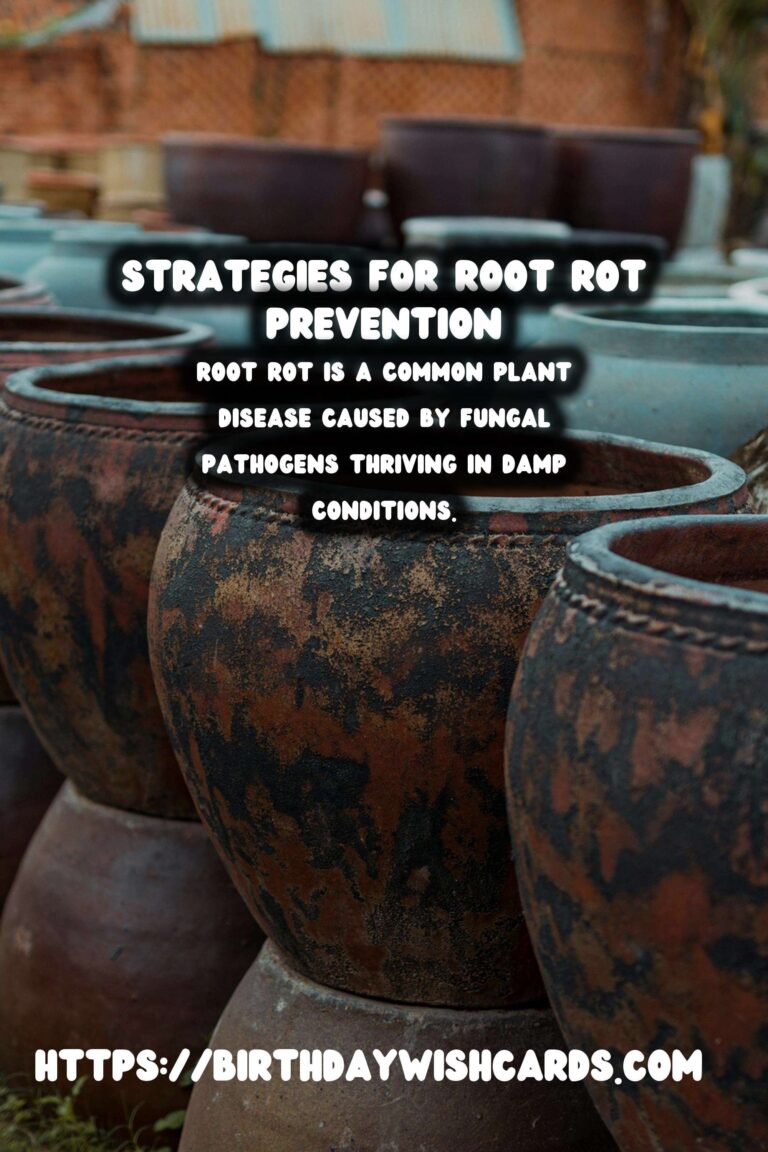
Root rot is a common plant disease that affects many gardeners and farmers worldwide. It is crucial to understand the causes of root rot and how to prevent it to maintain healthy plants and a productive garden. In this article, we will explore what root rot is, its causes, symptoms, and effective prevention strategies to keep your plants thriving.
What is Root Rot?
Root rot is a condition where the roots of a plant decay and deteriorate due to prolonged exposure to excessive moisture. This disease is primarily caused by fungal pathogens that thrive in damp, poorly drained soil conditions. Once the roots are affected, they can no longer absorb nutrients and water efficiently, which can lead to plant wilting and eventual death.
Causes of Root Rot
Root rot is often caused by overwatering, poor drainage, and compacted soil. These conditions create a favorable environment for fungi such as Pythium, Phytophthora, and Rhizoctonia to infect plant roots. Additionally, planting in containers without adequate drainage holes can lead to waterlogged soil, further increasing the risk of root rot.
Symptoms of Root Rot
Identifying root rot in its early stages can be challenging, but there are several symptoms to watch for. Common signs of root rot include yellowing leaves, stunted growth, wilting, and a foul odor emanating from the soil. Upon inspection, the affected roots may appear brown, mushy, and devoid of healthy white root tips.
Preventing Root Rot: Effective Strategies
1. Ensure Proper Drainage
One of the most effective ways to prevent root rot is to ensure proper drainage in your garden or containers. Use well-draining soil and pots with drainage holes to allow excess water to escape. Raised beds and elevated growing platforms can also improve drainage in areas with heavy rainfall.
2. Monitor Watering Practices
Overwatering is a leading cause of root rot. Water your plants only when necessary and ensure the soil has dried out between watering sessions. Adjust your watering schedule based on weather conditions and the specific needs of your plant species.
3. Improve Soil Structure
Amending the soil with organic matter like compost can improve its structure and drainage capabilities. Aerating the soil can also enhance root health by allowing more oxygen to penetrate the soil. Consider using soil amendments such as perlite or sand to improve aeration in heavy soils.
4. Select Resistant Varieties
Some plant varieties are more resistant to root rot than others. When possible, choose disease-resistant cultivars that are less susceptible to fungal infections. Consult with local gardening experts or extension services to select the best varieties for your region.
5. Practice Crop Rotation
Crop rotation is an effective way to break the life cycle of soil-borne diseases. Avoid planting the same plant family in the same location consecutively. Rotate crops annually to reduce the buildup of root rot pathogens in the soil.
6. Maintain Garden Hygiene
Keeping your garden clean and free of debris can minimize the risk of disease. Remove fallen leaves, plant material, and weeds regularly to reduce the habitat for pathogens. Sanitize gardening tools and containers to prevent the spread of root rot fungi.
Conclusion
Root rot is a serious plant disease that can be detrimental to your gardening efforts. By understanding the causes and symptoms of root rot, and implementing effective prevention strategies, you can protect your plants and ensure a healthy, thriving garden. Remember, maintaining proper drainage, monitoring watering practices, and improving soil structure are key components in preventing root rot and promoting plant health.
Root rot is a common plant disease caused by fungal pathogens thriving in damp conditions. Overwatering and poor drainage are primary causes of root rot. Symptoms of root rot include yellowing leaves, wilting, and brown, mushy roots. Ensuring proper drainage and monitoring watering practices are effective prevention strategies. Amending soil with organic matter can improve its structure and drainage capabilities. 

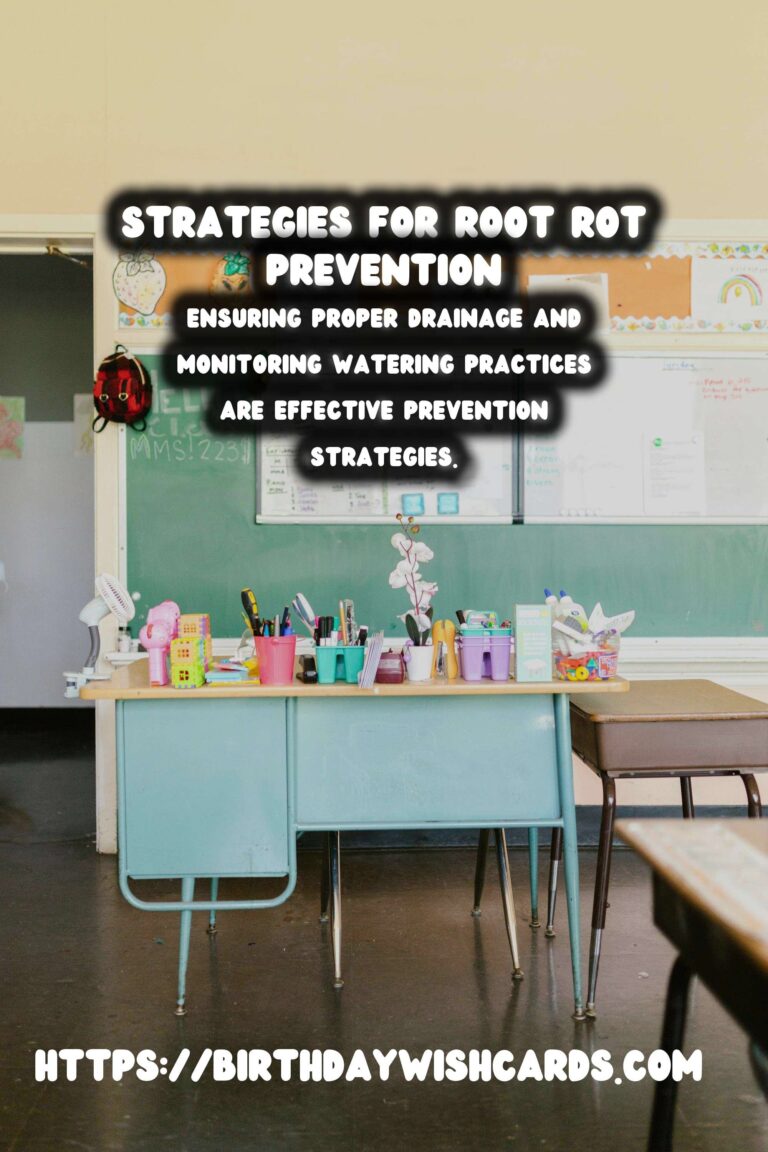
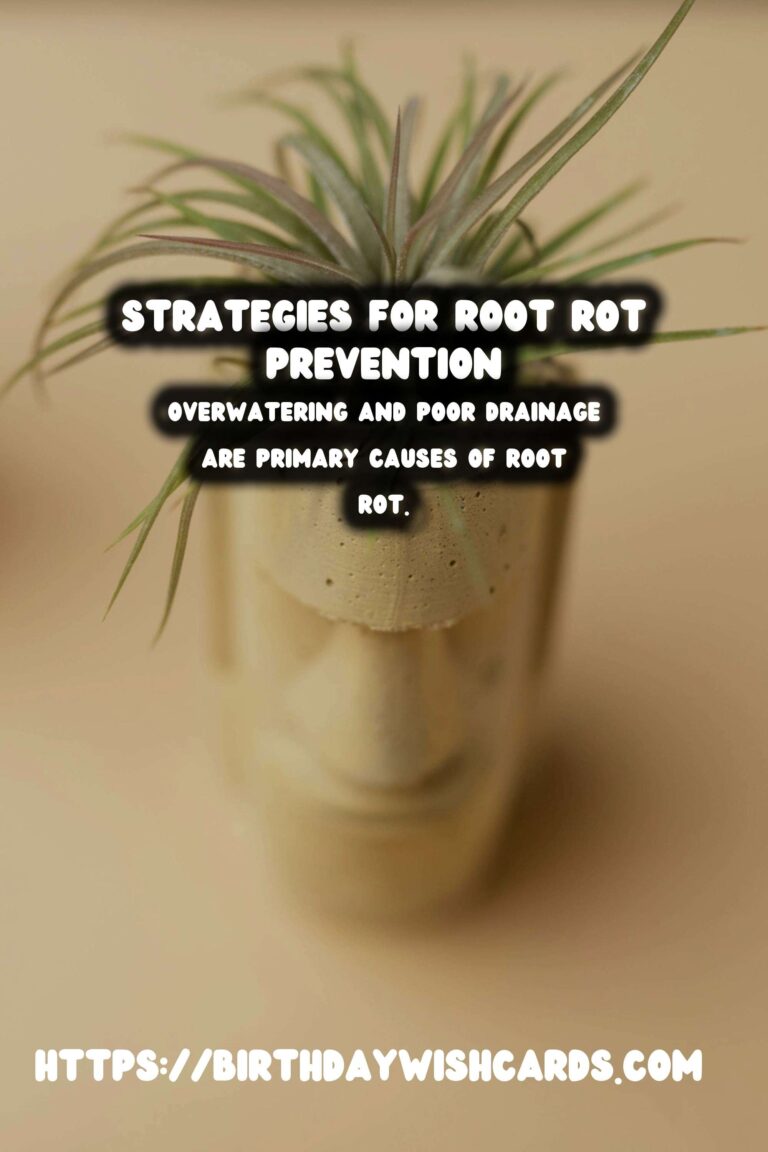
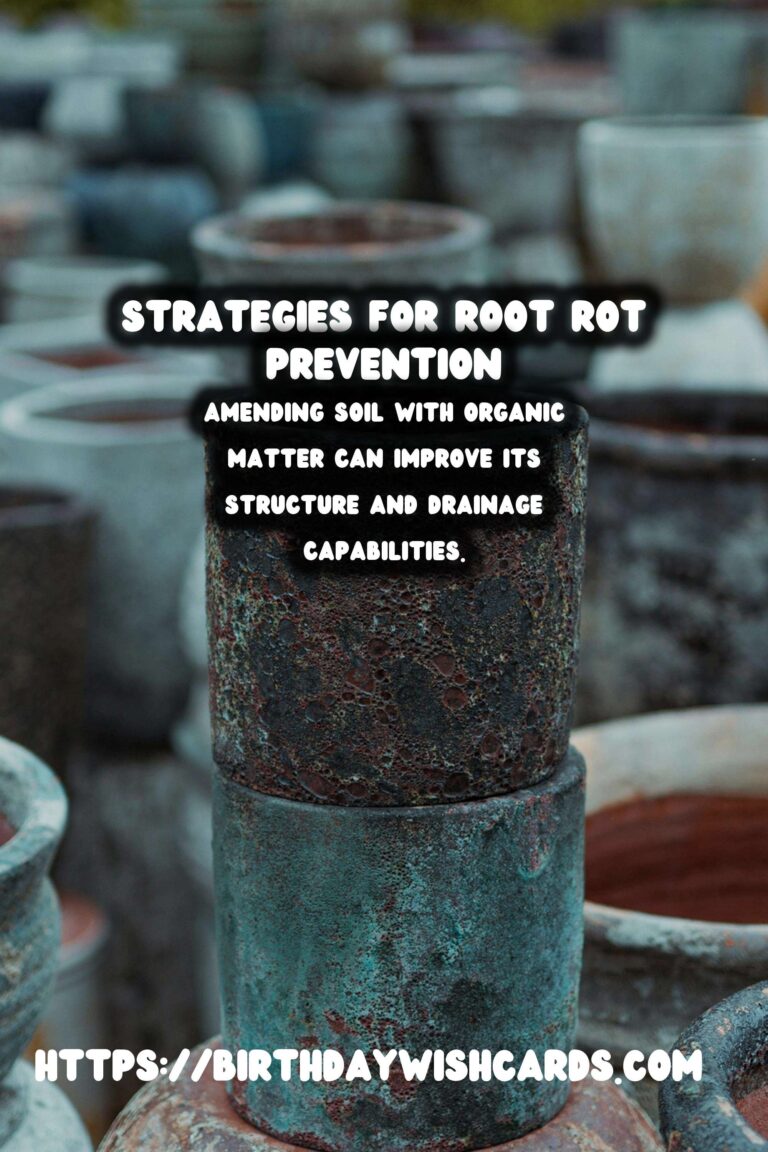
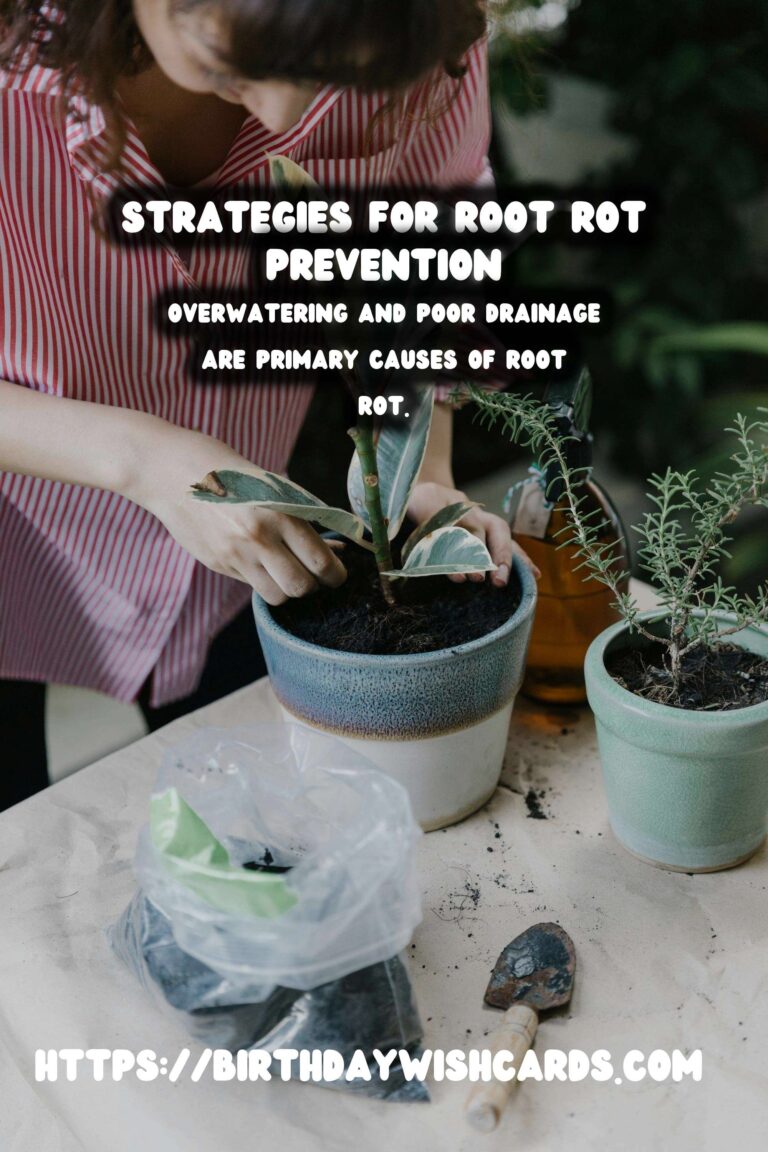
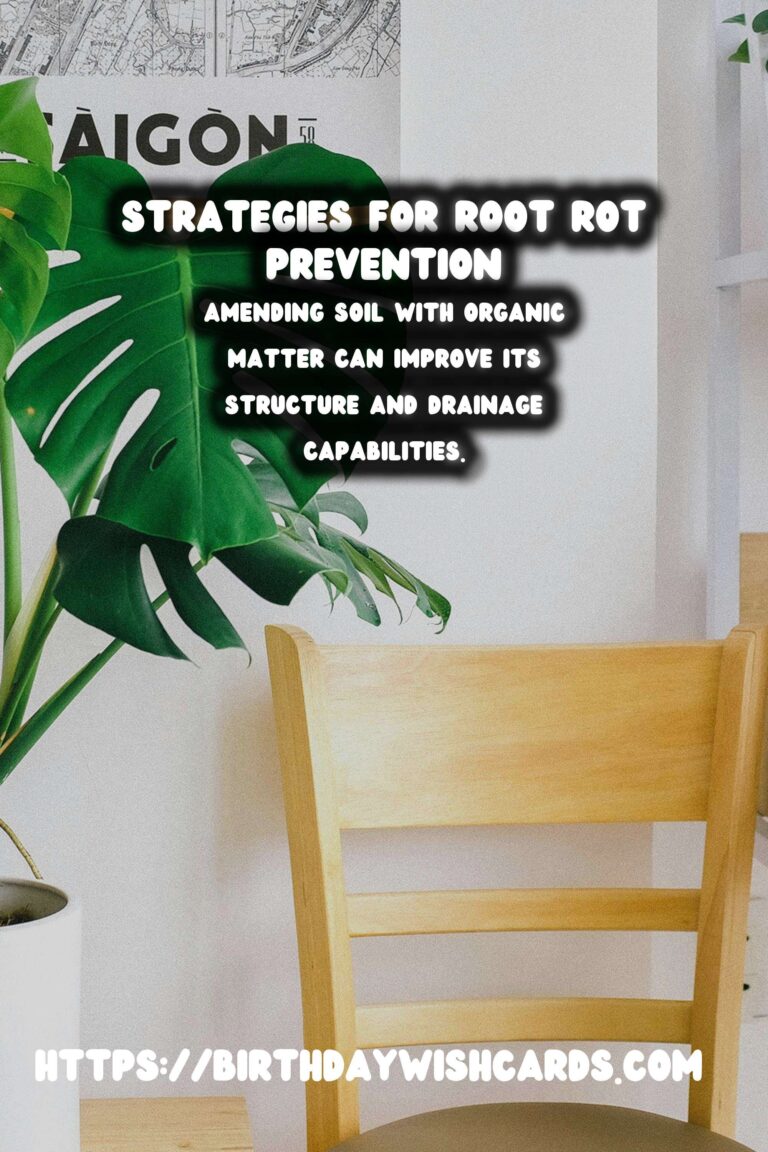
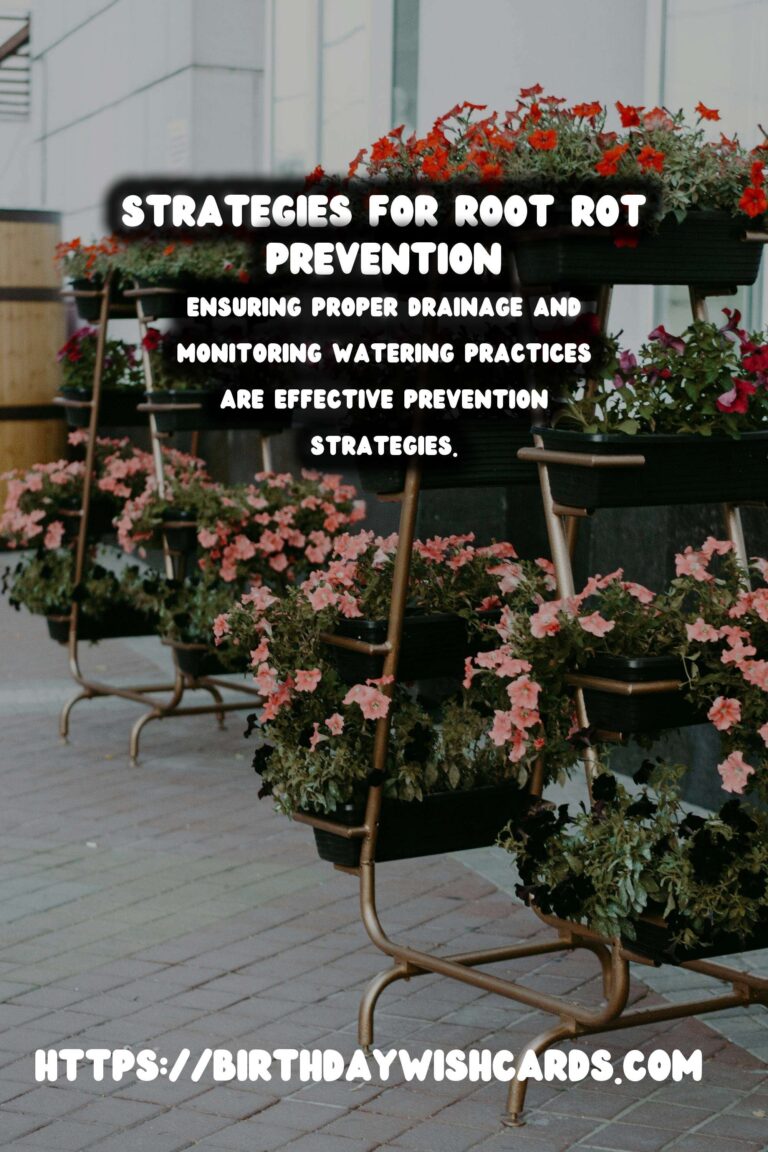
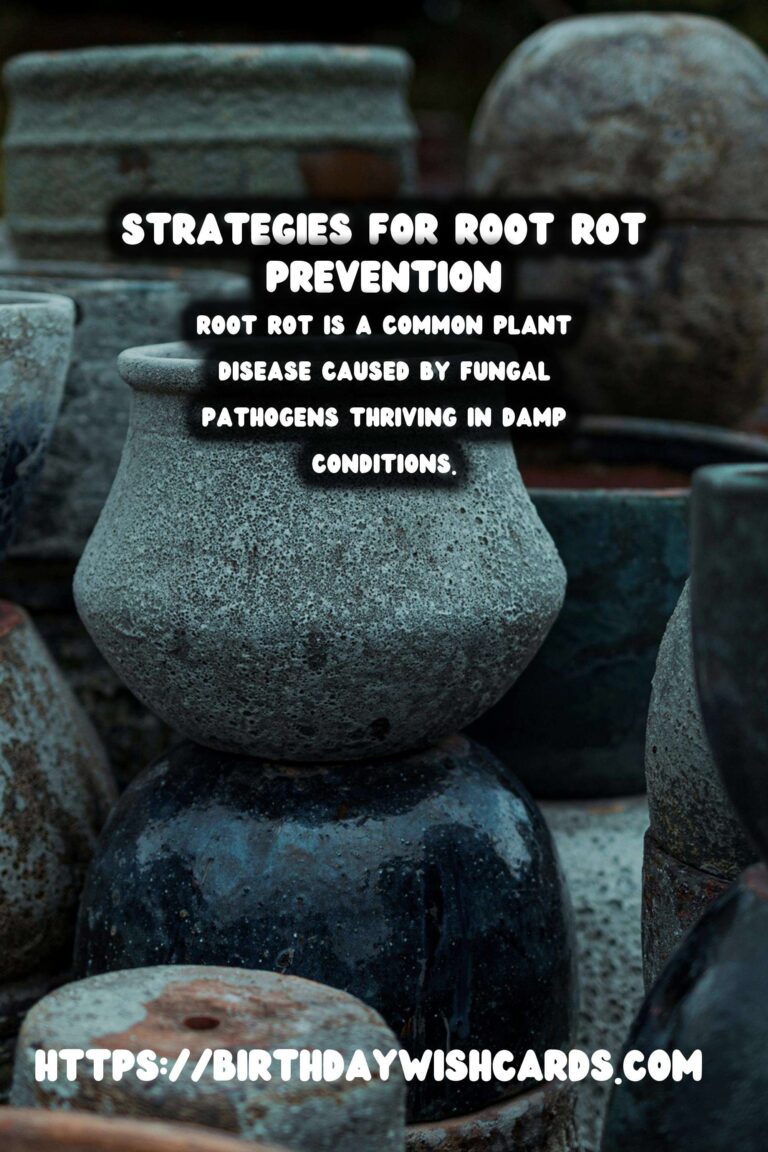
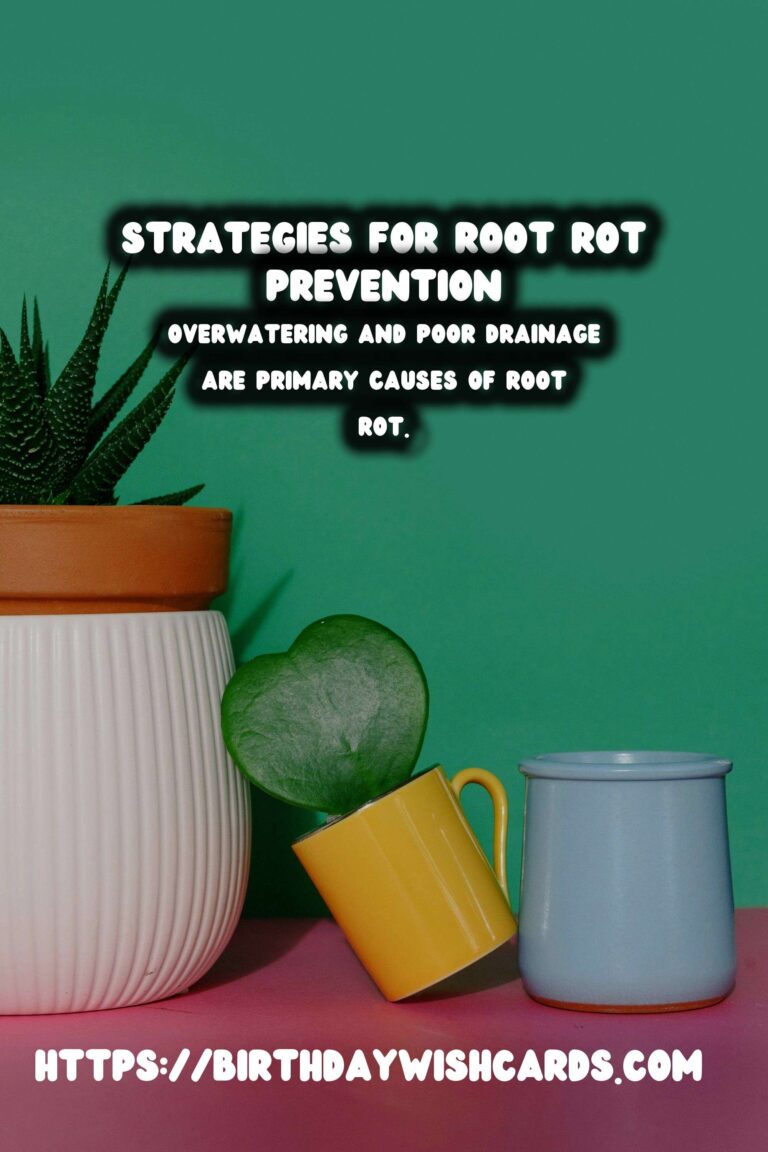
#PlantDiseases #RootRot #GardeningTips #PlantCare #HealthyPlants




